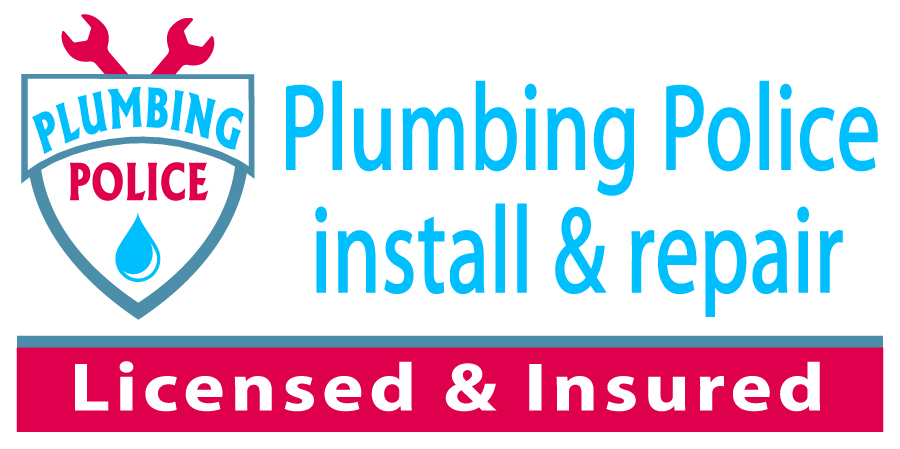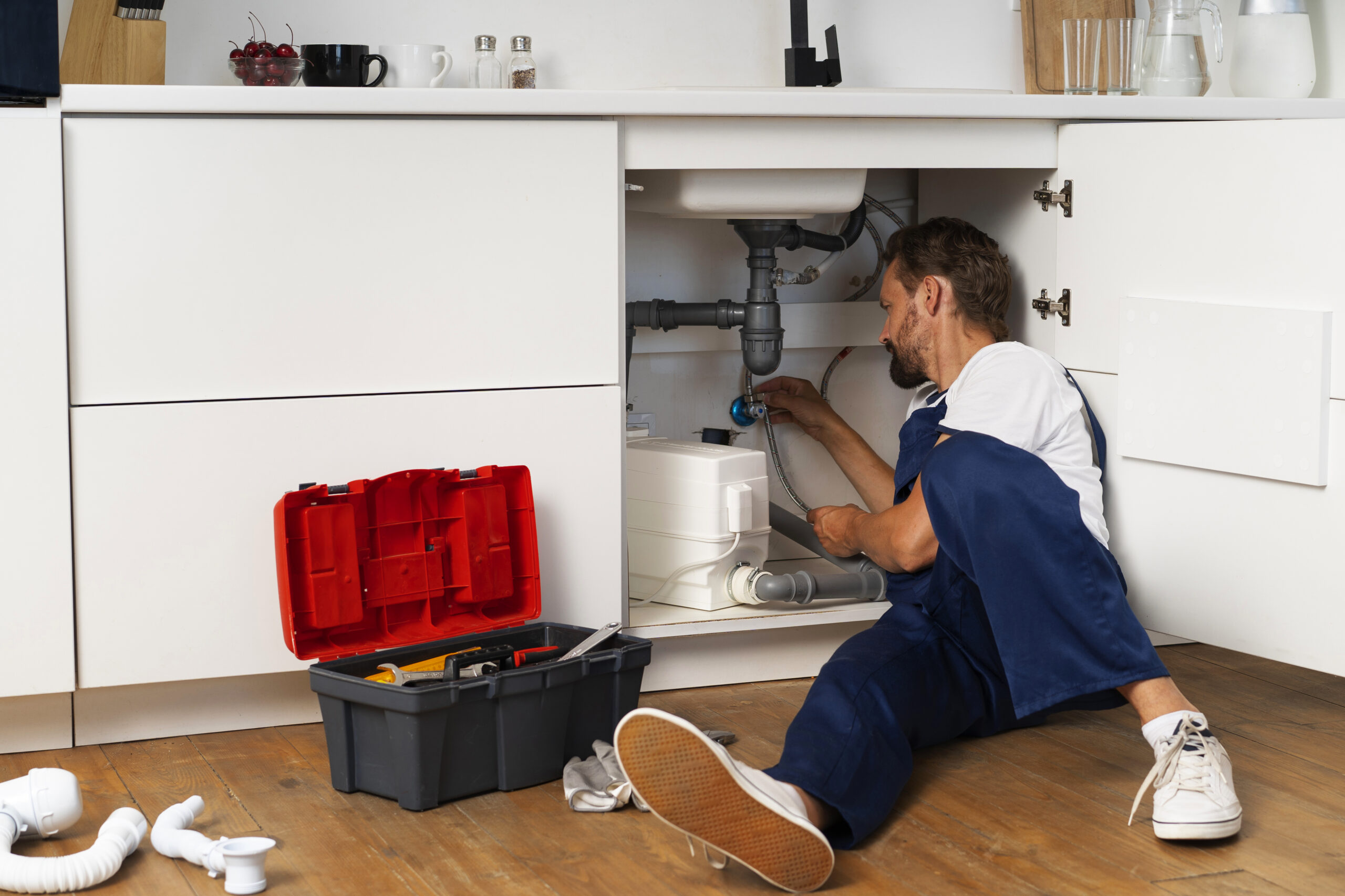Unclogging a toilet can often be done with a few common tools and techniques. Here’s a step-by-step guide to help you address the issue:
Gather Your Tools
- Plunger: A heavy-duty plunger (preferably a flange plunger) is most effective for toilets.
- Toilet Auger (Plumbing Snake): For more stubborn clogs.
- Rubber Gloves: To keep things sanitary.
- Bucket or Towels: To manage any overflow or spills.
- Disinfectant: For cleaning up afterward.
Use a Plunger
Prepare the Area:
-
- Put on rubber gloves.
- Place towels or a bucket around the base of the toilet to catch any spills.
Position the Plunger:
-
- Make sure the plunger has a good seal around the toilet bowl’s drain. If your plunger has a flange (a bell-shaped part), make sure it’s extended to fit into the toilet’s drain.
Plunge the Toilet:
-
- Push the plunger down slowly to create a seal, then pull up quickly to generate suction. Repeat this motion several times. The suction and pressure help dislodge the clog.
Check the Flush:
-
- After several plunges, try flushing the toilet to see if the clog has cleared. If not, repeat the plunging process.
Use a Toilet Auger (Plumbing Snake)
Insert the Auger:
-
- Put on gloves and place the auger’s end into the toilet bowl. Turn the handle to feed the auger down into the drain.
Navigate the Auger:
-
- Continue turning the handle as you push the auger further into the drain. The auger’s coil helps break up or retrieve the clog.
Retrieve the Auger:
-
- Once you feel resistance lessening or if you think you’ve reached the clog, carefully pull the auger out while continuing to turn the handle.
Flush and Clean:
-
- Try flushing the toilet to check if the water drains properly. Clean the auger and the area around the toilet.
Chemical Drain Cleaners (Use with Caution)
- Apply Chemical Cleaner:
- If plunging and augering don’t work, you can use a chemical drain cleaner designed for toilets. Follow the manufacturer’s instructions carefully.
- Precautions:
- Be cautious with chemical cleaners, as they can be harsh and may damage pipes or toilet components if used improperly. Always follow safety instructions and ensure good ventilation.
Check for Blockages
- Check the Tank and Bowl:
If the toilet is still clogged, check for any visible obstructions in the tank or bowl.
Examine the Floor Flange:
For persistent clogs, the problem might be with the floor flange or the sewer line. This may require professional assistance.
Call a Plumber
When to Seek Professional Help:
If none of these methods work, or if the problem is recurring, it’s best to call a professional plumber. They can diagnose and address more serious issues, such as blockages in the main sewer line or other plumbing problems.
Preventing Future Clogs
Be Mindful of What Goes Down the Toilet:
Only flush toilet paper and human waste. Avoid flushing items like wipes, sanitary products, or excessive amounts of paper.
Regular Maintenance:
Consider regular cleaning and maintenance to prevent build-up and clogs.
By following these steps, you should be able to address most common toilet clogs effectively.


